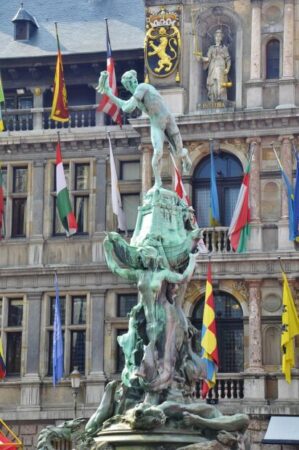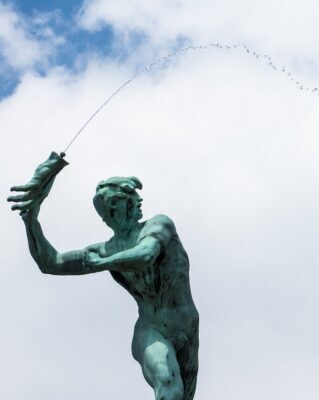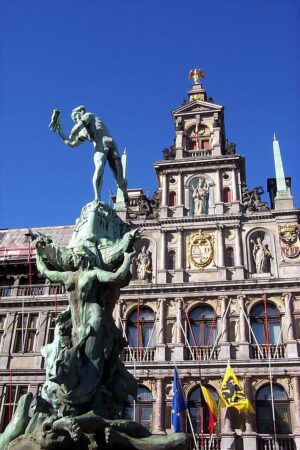Birth
The geographic area we identify today as the Low Countries & is divided in the modern era between Belgium, Netherlands & Luxembourg shows archaeological traces of human presence that date back to the Neolithic period. Julius Caesar arrived in the area with his armies in 57 BC where he conducted a series of battles that aimed at the subjugation of the local tribes.
Those tribes belonged to the group called Belgae who was praised by Caesar for their bravery and were described by him as a people with lots of similarities with the Germanic tribes, with whom they were constantly at war. According to his descriptions, these people were indeed Germanic tribes who had migrated to the region defined at the time as Northern Gaul, long before the Roman invasion. Their culture and language are considered today as Celtic (as in nearer to the rest of Gauls) and not Germanic. The clear geographic boundary between the two especially after the Roman conquest is the River Rhine.
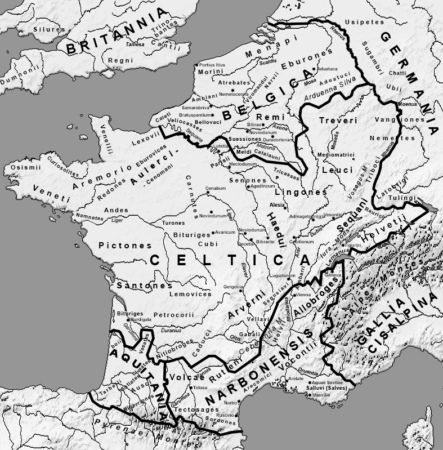
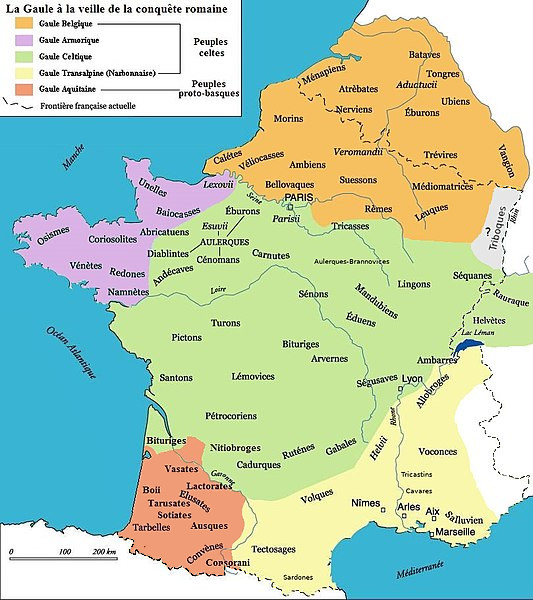
The populations who lived in the region of Antwerp were the Menapii who lived west of the River Scheldt, the Eburones to the east and the south of the Scheldt, and the Dyle, the Nervii. Antwerp’s region was at the center of the territory occupied by these three tribes. Basic economic activities were based on agriculture and fishing, given the proximity of the Scheldt. During the Roman period, Antwerp was part of the Civitas Tungrorum administrative subdivision with the town of Tongeren serving as its capital.
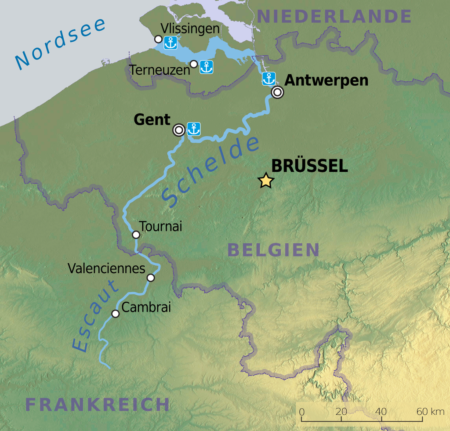


After the year 150 AD for about 100 years there is evidence of a Gallo-Roman settlement in the center of Antwerp where Willem Ogierplaats lies today. As in most parts of Western Europe, the area of Antwerp came under the control of various Germanic tribes that succeeded the Gallo-Romans in the wider region after 250 AD.
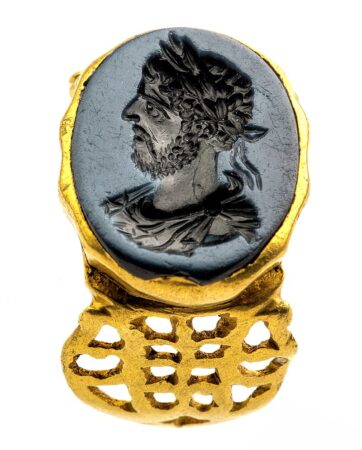
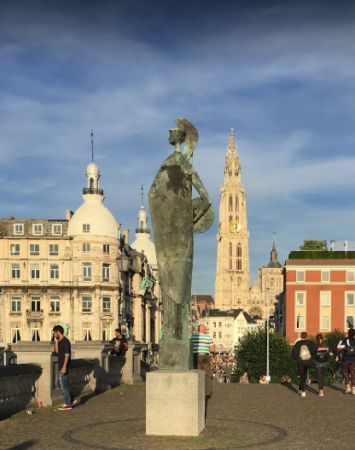

The Germanic Franks were the first ones to raise a fort on a height just south of the delta of the River Scheldt around the 7th century which was also the period of the Christianization of the region by Saint Eloi and Saint Amand. The first documents mentioning the toponym of Antwerp from the 7th are connected with the evangelization of the region by the two saints. A donation charter of 726 mentions a church of Saints Peter and Paul within a first enclosure, qualified as a castrum.
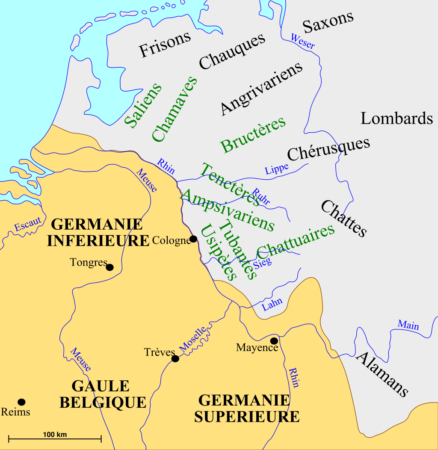
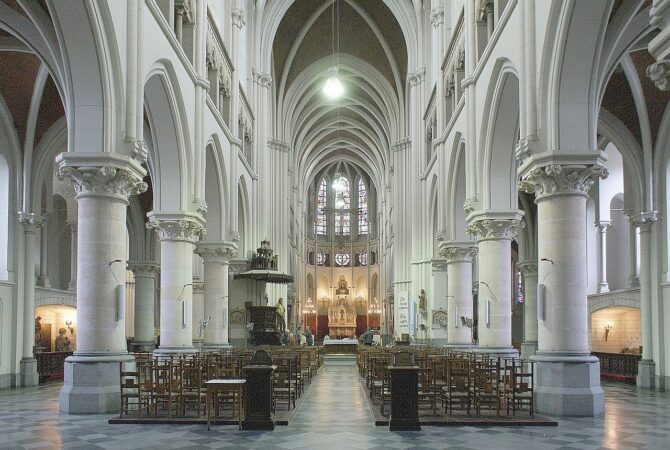
Speculations about the origin of the name Antwerp, vary, starting from the Latin ‘’ante Serbia’’ (before deposition) referring to the river Scheldt’s redirection in the 7th century, to a popular folklore legend about a slain giant. According to the legend, the giant’s amputated hand was thrown into the river by a Roman soldier who managed to free the ships passing from the site, from the high tolls they were forced to pay as a fee for their safe passage to the giant. The Dutch words ‘hand weren’t (throwing hand) were according to the tradition combined to create the name of the city.
The story of the Roman soldier Silvius Brabo (the word Brabant, see Landgraviate of Brabant and later the Duchy of Brabant probably refers to that mythical origin) is commemorated today in a statue situated in the Grote Markt, in front of Antwerp’s City Hall. Most Dutch historians today identify the origin of the Antwerp to the words “Aan ‘t werp” (at the warp) which is a reference to the existence of a man-made hill at the geo-location of the city at the time.
